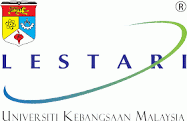Members
 |
Disaster Prevention Research Center for Island Regions, University of the RyukyusOkinawa |
| Outline Recent increase global warming has elevated the need for preparedness against destructive typhoons and strategicadaptation methods to the rapid rise in sea level, especially in tropical and subtropical regions. Preparedness against huge earthquakes and tsunamis is a matter of great urgency after the Great East Japan Tohoku Earthquake and Tsunami in 2011. The Disaster Prevention Research Center for Island Regions was established as the principal center considering the above factors, and it provides a platform for research on natural disasters in Okinawa Prefecture. The center promotes the multidisciplinary studies on disaster prevention methods for earthquakes, tsunamis, typhoons, landslides and floods. The development of numerical simulations to predict these disasters, wireless communications and satellite distance educations for island regions in emergency is promoted. Moreover, research of a human behavioral domain called the self-help, mutual-help and public-help at the time of a disaster is promoted. [detail] --> |
|
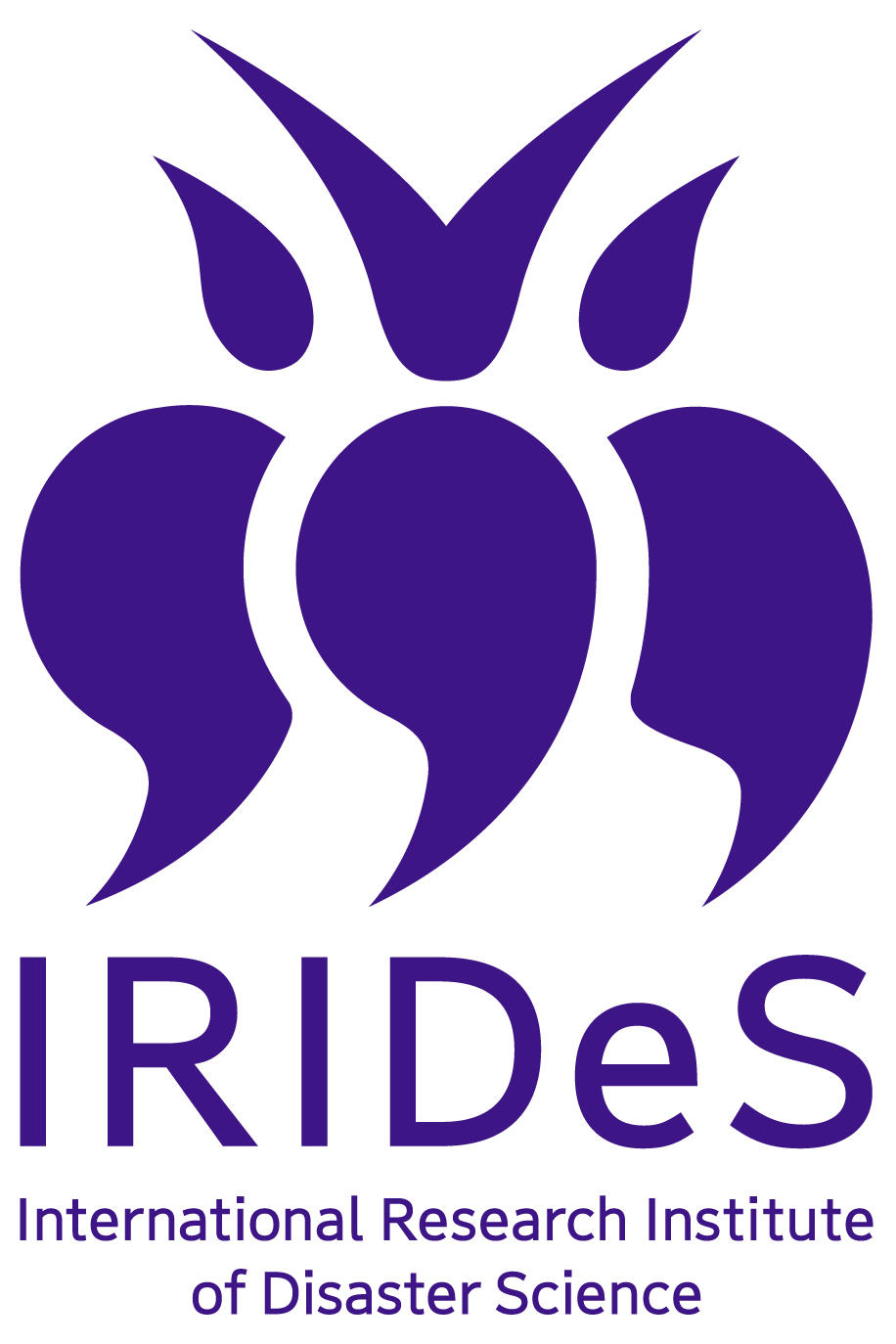 |
International Research Institute of Disaster Science (IRIDeS), Tohoku UniversitySendai |
| Outline Having experienced the catastrophic disaster in 2011, Tohoku University has founded the International Research Institute of Disaster Science (IRIDeS). Together with collaborating organizations from many countries and with broad areas of specializations, the IRIDeS conducts world-leading research on natural disaster science and disaster mitigation. Based on the lessons from the 2011 Great East Japan (Tohoku) earthquake and tsunami disaster, IRIDeS aims to become a world centre for the study of the disasters and disaster mitigation, learning from and building upon past lessons in disaster management from Japan and around the world. Throughout, the IRIDeS will contribute to on-going recovery/reconstruction efforts in the affected areas, conducting action-oriented research, and pursuing effective disaster management to build sustainable and resilient societies, the IRIDeS innovates the past paradigm of Japan's and world's disaster management to catastrophic natural disasters, hence to become a foundation stone of disaster mitigation management and sciences. Mission of IRIDeSDisaster mitigation management aims to reduce or avoid the potential losses from natural hazards, to assure prompt assistance to victims, to achieve rapid and effective recovery, and to build disaster-resilient and sustainable societies, by five stages of the disaster management cycle; Mitigation, Preparedness, Response, Recovery and Reconstruction. The action-oriented research of the IRIDeS is a pursue of each point in the cycle and integrating and universalizing the scientific discoveries to be dedicated to the world. The IRIDeS creates a new academia of disaster mitigation that subsumes the lessons from the 2011 Tohoku earthquake and tsunami disaster and the findings of the world-leading research into our societies with the aim of establishing the social systems responding promptly, sensibly and effectively to natural disasters, withstanding the adversities with resiliency, passing and exploiting the lessons to the forthcoming disaster management cycles. |
|
Center for Urban Earthquake Engineering (CUEE)
|
|
| Outline There is a great risk (denoted as seismic mega risk) of huge damage by large earthquakes centered underneath major cities of Japan, since vulnerability to natural disasters has been increased due to complicated urban functions that have resulted from excessive concentration of population, economic activities that include infrastructure and other major developments. Not only are the large cities in Japan, but also many other cities in the world are currently (or will be) confronted by the same risk, which constitutes a real threat to the sustainable urban life at global level. Moreover, the recent earthquakes that occurred in Japan have revealed new problems of damage characteristics caused by long period shaking or consequential impacts of functional disorder of critical facilities such as the Kashiwazaki-Kariwa nuclear power plant, which had not been properly taken into account as discovered by the research activities of the "21st century COE (21COE) Program on Evolution of Urban Earthquake Engineering". Such mega-scale damages caused by an earthquake may bring the Japanese economy to ruin as well as impact the world economies at the same time. In order to avoid these catastrophes and build a safe environment for society, advanced research activities on Urban Earthquake Engineering that integrate earthquake-resistant technologies on urban development, regeneration, and reconstruction into a single framework, have to be urgently and strongly encouraged. Further these activities shall include fostering of researchers and academic staff and disaster management engineers who will be able to develop new strategies and practices for implementing appropriate technologies for mitigating these mega-risks in a global field. |
|
 |
Earthquake Research Institute (ERI)
|
| Outline ERI employs over 80 top-notch academics (professors, associate professors and research associates) drawn from diverse fields, ranging from seismology to volcanology, geophysics, geochemistry, geology, geodesy, applied mathematics, information science, civil engineering and seismic engineering. Together with a support staff of 50, 30 visiting researchers and 70 graduate students, we work on advanced researches, technique development, field observations, experiments, theoretical studies, analyses and computer simulations. We promote comprehensive research and education in order to achieve two goals. 1) Scientifically unraveling the various phenomena within the earth and seismic / volcanic activities on our planet, 2) Mitigation of disasters from such phenomena. The ERI is composed of 4 divisions, 5 centers, and other supporting offices and sections. |
|
 |
International Crisisonomy Institute
|
| Outline Established in 2006, Republic of Korea's first Crisisonomy specialized research institute, conducting research for the academic advancement and providing education for the training of experts of Crisisonomy; collaborates and cooperates with central government agencies, local government, research institutions, and NGOs to develop policies and provide consulting services related to Crisisonomy; and currently consists of 1 director, 5 full-time researchers, 11 student researchers, 8 associate researchers, and 1 administrative staff member. In September 2023, selected for the "Humanities and Social Sciences Research Institute Support Program" by the Ministry of Education and the Korea Research Foundation
- The research topic is 'A New Paradigm for Crisis Response in the Era of Climate Crisis: Enhancing Critical Infrastructure Resilience' - Aimed to conduct interdisciplinary research in the era of climate crisis, where existing industrial structures, economic systems, and lifestyles are changing, to enhance the resilience of critical infrastructure and ensure human dignity [detail] --> |
|
International Water Resources Research Institute
|
|
| Outline In 2011, the International Water Resources Research Institute (IWRRI) was established for 1) serving as a center of experts in the water resources field, 2) solving water resource problems, and providing better education, research, planning and community services, 3) assisting public and private interests in the context of conservation, development, and use of water resources in South Korea. The IWRRI signed MOU with 12 countries to promote education, innovation, leading research, high technology, and public services provided by experts and researchers together with international partners from around the world. The IWRRI are playing an important role in not only interdisciplinary researches but also personal exchange with other countries by producing international students. The IWRRI has research, management, international relationship and public relationship divisions. The mission of our institute is to create an innovative solution satisfying the needs of social and to support the provision of technological challenges of the future. [detail] --> |
|
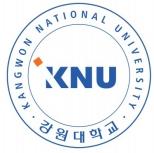 |
Department of Disaster Prevention & Safety Engineering
|
| Outline Kangwon National University is one of ten core national universities located in Chuncheon, the capital of G(K)angwon Province in Korea. Korea has a juridical system with its eight provinces and two metropolitan cities, each of which has one of those core national universities. 1947 Established Chuncheon Provincial Agricultural College (of G(K)angwon Province) -1952 Changed the College name to Chuncheon Agricultural College. Our ideal education is the realization of education in the spirit of Sil-Sa-Gu-Si(Inquirere Veritatem Ex Praxe), a proverb meaning "seek for the truth from reality, seek for the very truth to enable us to renovate the world as it should be from the world as it is." For the century to come, we will devote ourselves to proliferate knowledge and facts. We will make headway withSil-Sa-Gu-Si to implement a true education. [detail] --> |
|
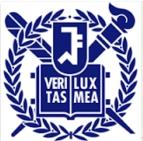 |
Research Center for Disaster-Hazard Resilience (CRC-DHR)
|
| Outline The origin of Seoul National University (SNU) dates back to the late nineteenth century when Korean Emperor Gojong established modern higher education institutions which later became part of SNU. In 1895 Emperor Gojong issued Imperial Order 49 and established the Legal Training School as the first modern higher education institution in Korea. It turned out 209 graduates including the Martyr Yi Jun. The Convergence Research Center for Disaster-Hazard Resilience (CRC-DHR) aims at developing a sustainable research infrastructure that will provide cutting-edge solutions for each stage of natural/man-made disasters and hazards in order to maximize the society's disaster-hazard resilience, and producing high-quality human resources for the next-generation convergence research. [detail] --> |
|
 |
Ulsan National Institute of Science and Technology (UNIST)Ulsan |
| Outline School of Urban & Environmental Engineering in UNIST has three major tracks. One of them is the Disaster Management Engineering track (DME). DME provides an interdisciplinary undergraduate education, integrating the diverse expertise of urban/civil engineering, environmental engineering and earth/climate engineering to mitigate the impact of unexpected disasters. UNIST is a warm and welcoming post-secondary institution located in the heart of Korea's largest industrial city, Ulsan, South Korea. Since its opening in 2009, UNIST has truly become one of the world's leading science and technology universities. UNIST aims to be ranked within the top 10 science and technology universities by 2030. [detail] --> |
|
 |
Asia Research Center
|
| Outline The National University of Laos (NUOL) is a public university in Lao PDR uniting all of the Higher Education Institution to be one university in 1996, it is the first and biggest university in the country. It comprises of 10 academic faculties and 8 centers. It provides undergraduate and postgraduate educational services to the students throughout the country and also overseas students. The academic activities include teaching, research and academic services to the public. Asia Research Center, National University of Laos(ARC-NUOL) was established in August 2002. |
|
Lao - Dept Climate Change, Min of Natural Resources and Environment
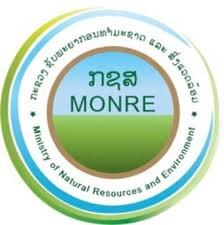 |
Department of Climate Change, Ministry of
|
| Outline Established under the Ministry of Natural Resources and Environment, the Department of Climate Change acts as the secretariat for climate change policies and management in the entire country. It is responsible for implementing directions, policies, resolutions, orders, strategies, laws, and legislations of Lao PDR's government on national climate change activities. It further cooperates with different levels of government on researching and improving policies, strategies, programmes, work plans, and legislations related with natural disaster and climate change management.
[detail] -->
|
|
|
|
Institute for Environment and Development (LESTARI), Southeast Asia Disaster Prevention Research Initiative (SEADPRE-UKM, University of KebangsaanBangi |
| Outline The Institute for Environment and Development (LESTARI) was established on 1st October 1994 as a multidisciplinary institute within the structure of Universiti Kebangsaan Malaysia. It fulfills the aspirations of the university, as envisioned by the United Nations Conference on Environment and Development (UNCED) held in Rio de Janeiro, Brazil, to realise the goal of sustainable development through research and capacity development. LESTARI was also established to serve as a reference centre capable of dealing with environment and development issues, assisting government in formulating policies based on research of a holistic and balanced kind. The development function is directed towards enhancing human resource capacity through skill development and training, for both government and private sectors. Mission
Vision Leader in innovative research and knowledge sharing on holistic disaster prevention
|
|
 |
Universiti Kebangsaan MalaysiaBangi |
| Outline The idea for an institution of higher learning for the Malays was first mooted at the 1903 Rulers' Conference, or Durbar. The Malay intellectual Za'ba, wrote about such a need in the newsletter Lembaga Melayu in 1917. A movement, and subsequent debates, among Malay intellectuals, for the setting up a university using the Malay language as the medium of instruction in the institution of higher learning was formed in 1923 when another Malay thinker Abdul Kadir Adabi, submitted a memorandum on the matter to the HRH the Sultan of Kelantan. However the effort came to nothing due to many obstacles and resistance from the colonial authorities. [detail] --> |
|
 |
Universiti Sains Malaysia (USM))Penang |
| Outline Established as the second university in the country in 1969, Universiti Sains Malaysia (USM) was first known as Universiti Pulau Pinang. In 1971, USM moved from its temporary premises at the Malayan Teachers' Training College, Bukit Gelugor to the present 416.6 hectare site at Minden, approximately 9.7 km from Georgetown. USM offers courses ranging from Natural Sciences, Applied Sciences, Medical and Health Sciences, Pharmaceutical Sciences to Building Science and Technology, Social Sciences, Humanities, and Education. These are available at undergraduate and postgraduate levels to approximately 30,000 students at its 17 Academic Schools on the main campus in the island of Penang; 6 Schools at the Engineering Campus in Nibong Tebal (approximately 50km from the main campus); and 3 at the Health Campus in Kubang Kerian, Kelantan (approximately 300km from the main campus). Vision "Transforming Higher Education for a Sustainable Tomorrow" Mission USM is a pioneering, transdisciplinary research intensive university that empowers future talents and enables the bottom billions to transform their socio-economic well-being. [detail] --> |
|
 |
Universiti Tenaga National (UNITEN)Kajang |
| Outline Universiti Tenaga Nasional (UNITEN) is a unique institution, providing academic programmes within our two campuses, Putrajaya Campus and Muadzam Shah Campus. Our programmes are focused on Engineering, Information Technology, Business Management and related areas. UNITEN not only prepare its graduates to become knowledgeable and competent professionals, but also to develop them as well-rounded individuals with broad intellectual outlook. Vision A leading global energy university that shapes a sustainable future Mission We strive to advance knowledge and learning experience through research and innovation that will best serve human society [detail] --> |
|
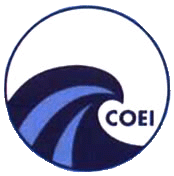 |
Centre for Coastal and Ocean Engineering (COEI)
|
| Outline COEI was formally known as the Coastal and Offshore Engineering Institute. The rebranding of COEI was formalized by Universiti Teknologi Malaysia (UTM) in 2015 under a university wide restructuring of research centers and faculties. COEI was first established in 1990 as a pioneer R&D research centre in Malaysia that specialize in coastal and offshore engineering. It is one of the five research centres (RC) that forms the Research Institute for Sustainable Environment (RISE) in UTM. As a member of RISE, COEI works very closely with other member RCs whose niche areas are all related to sustainable environment and sustainable processes. COEI has developed a few innovative products related to coastal erosion protection and engineered reef system such as the Sine Slab, Hydrocheese, Stepfloat and Artgrass. Many of these products has been in employed throughout the country either as prototype application or field test systems. COEI has wide experience in hydraulic studies and hydrodynamic simulation of coastal processes with over 60 consultancy works on record and over 20 research projects. Clients include port authorities and port operators, the Marine Department, PETRONAS Carigali, Drainage and Irrigation Dept, private developers and other engineering consultants needing specialized services in coastal engineering. Our present interest now are on climate change effects, primarily sea level rise, extreme coastal storms, coastal floods and tsunamis. We were responsible for completing the first tsunami modelling study for Malaysia, after the catastrophic 2004 Indian Ocean tsunami event and pioneer application of the coastal vulnerability index (CVI) in Malaysia as a means to classify and assess coastlines risks to sea level rise that would help future planning and strategy. Another research area that COEI embark on are mangrove adaptation to sea level rise and marine eco-system regeneration.[detail] --> |
|
 |
Centre for Environmental Sustainability and Water Security (IPASA), Research Institute for Systainable Environment
|
| Outline The Centre for Environmental Sustainability and Water Security (IPASA) was founded in 1994, formerly known as the Institute of Environmental and Water Resource Management. IPASA is one of the research centres that has been established under the umbrella of Research Institute for Sustainable Environment (RISE). It is an interdisciplinary centre, which integrates expertise in various fields at UTM to work with problems related to environment. The Centre undertakes both basic and applied research in providing practical and sustainable solutions in environmental related areas. The current research areas include flood mitigation, flood modelling, climate change impact, green technology, life cycle assessment (LCA), carbon and water footprints, water and wastewater treatment technology, integrated water resources management, urban runoff management, waste recovery and water reuse. These researches are funded by public and private agencies and some are carried out in collaboration with researchers from other countries such as Japan, Sweden, Denmark, United Kingdom, Indonesia, and Cambodia. [detail] --> |
|
Malaysia - Institute of Noise and Vibration, Universiti Technologi Malaysia
 |
Institute of Noise and Vibration, Universiti Teknologi Malaysia (UTM)Johor |
| Outline The Institute of Noise & Vibration is a centre of excellence of Universiti Teknologi Malaysia established in 1992 offering technical services and industrial research of the University in noise & vibration and seismic engineering to industry. It is recognised as a referral centre by the industry and government agencies for noise & vibration and seismic engineering in the country. Personnel of the Institute are leading authorities in this specialised field in the region. The Institute is a self financing autonomous business unit of the University. The Institute consists of highly experienced academic faculty members and full time consulting professionals undertaking all technical services of the Institute. Consulting projects and other assignments are otien secured on a referral basis from the industry and government agencies. We are the preferred technical partners in noise & vibration for GLCs, MNCs and industry leaders in oil & gas, power generation, infrastructure development and construction. Our design and investigations are supported by extensive and comprehensive use of computer modeling and analysis. We put into practice our strong belief that there must be an engineering basis for design and problem solving ‐ so that key features and/or root causes could be identified for cost effective solutions and remedial solutions could be developed. The formulation of such solutions and design options can only be undertaken when supported by comprehensive measurements, analytical and computational analysis. [detail] --> |
|
 |
Malaysia Japan International Institute of Technology (MJIIT)
|
| Outline The idea to initiate the Japanese-type education in Malaysia was borne and agreed by both Malaysia and Japan during the course of ASEAN + 3 Summit Bandar Seri Begawan, Brunei Darussalam by the then prime ministers Tun Dr. Mahathir Mohammad and Junichiro Koizumi respectively. The idea was further deliberated through a series of meetings and discussions by both government officials. Both parties agreed to a technology-based university. [detail] --> |
|
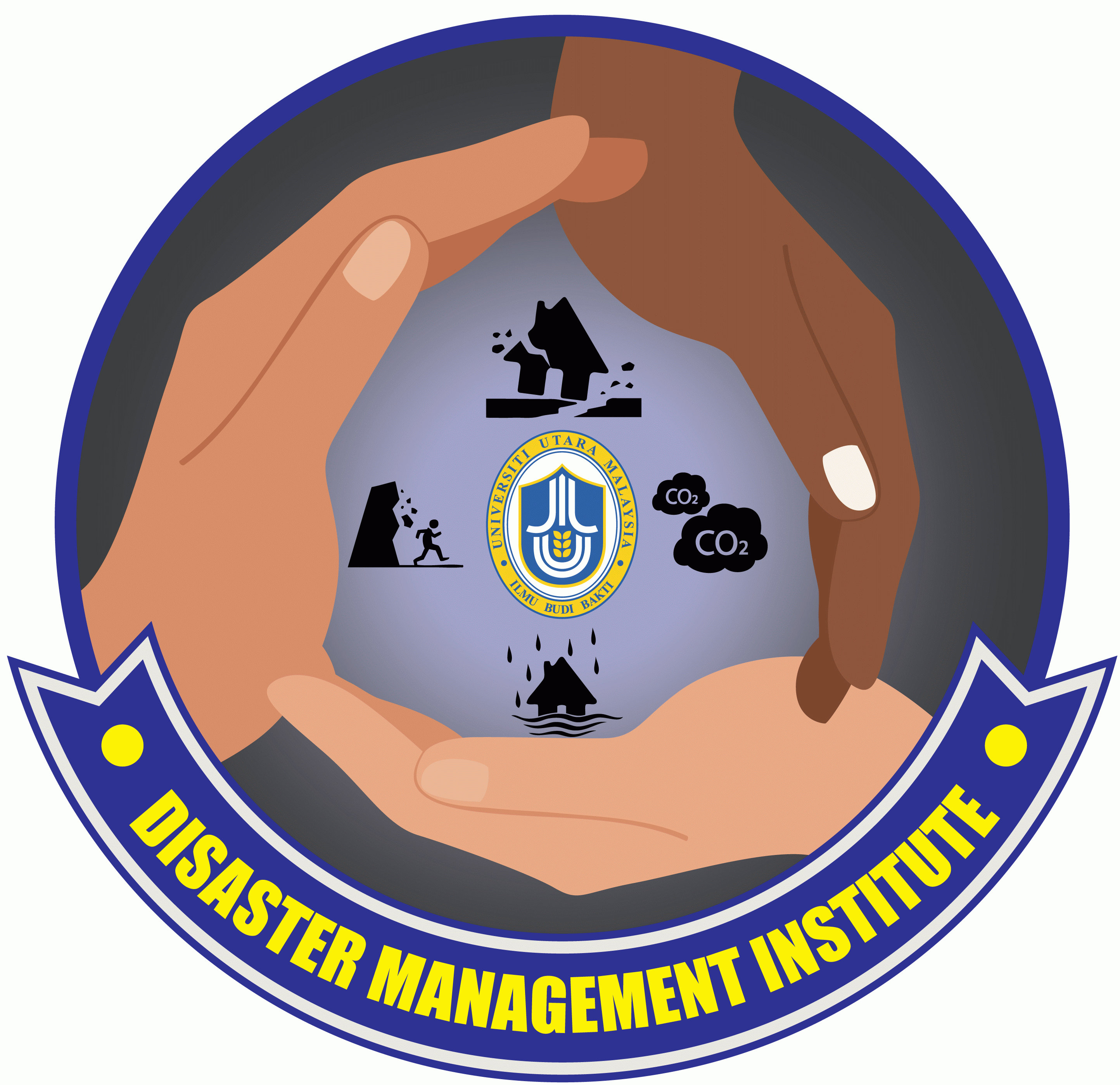 |
Diaster Management Institute (DMI)
|
| Outline Disaster Management Institute (DMI) was established in August 2016 as one of the School Center of Excellence (SCoE) institutes to spearhead the disaster management research capability of the school and to collaborate with related agencies and universities that have common interest in disaster management research areas. Disaster Management Institute focuses its research mainly on three important phases in the disaster management cycles; the pre disaster phase (preparedness,mitigation and early warning), during disaster phase (response such as evacuation, control room and others) and post disaster phase (recovery, rehabilitation, reconstruction and development, risk on damaging properties and others). The institute concentrates on high impact disaster management research by aligning to the university's niche areas through collaborating with related private companies, government agencies, local and international universities. Since the expertise of DMI is providing education by creating awareness and disaster resilience, another niche area for the institute is to educate communities, which include public including business communities, school, non-profit organization and other interested parties. Hence, for developing the capacity building in the disaster management field, the institute would invite any interested parties to co organize conference, training, executive courses and also other academia activities related to managing disaster. [detail] --> |
|

